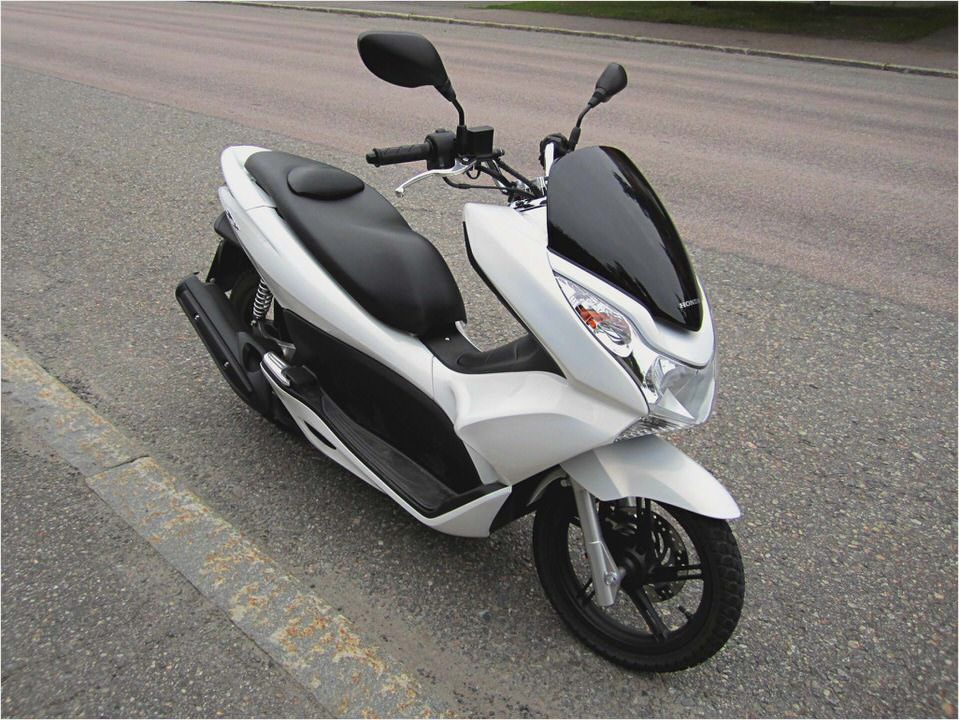
It punches above its weight: Honda PCX 125
Trevor Hedge
Make an enquiry
The first thing you notice about Honda’s new budget-priced scooter is it doesn’t look cheap.
It might only be $3990 but the PCX 125 exudes quality. The fit and finish of the lustrously painted panels are better than the equivalents on most expensive motorcycles, let alone cheap scooters.
In fact, it is finished better than even Honda’s most expensive scooters. And it also brings to the table useful new technology to help achieve excellent economy.
A new idle-stop system cuts the engine automatically after three seconds of idling and the engine is restarted automatically when you twist the throttle.
The system can be disabled via a button on the switch block. It takes a little getting accustomed to but we learnt to trust the system quickly.
We were a little nervous at first when the engine would stop as we sat at a set of traffic lights surrounded by heavy vehicles but the engine bursts into life instantaneously and seamlessly as you hit the throttle.
The PCX 125 out-accelerates most traffic to 60km/h easily, even if you wait for the green light before twisting the throttle and waking the engine up.
It is slick and clearly the way of the future. It even allows the engine to warm up properly, as it will only cut the ignition if idling when a rider is seated.
The idle-stop system and smart fuel-injection set-up help the PCX 125 to a claimed 46 kilometres per litre. That figure is difficult to achieve in the real world, when the throttle is wound to the stop on the highways, nudging its 100km/h top speed.
But even with that punishment and a tight new engine with just five kilometres on the clock, I still managed to get 100 kilometres from 3.5 litres of fuel.
We’re sure that on the city commute and with the engine run in, it would be possible to get consumption down to 2.5L/100km. That makes for seriously frugal motoring.
Disappointingly, Honda has not fitted the PCX 125 with ABS. The brakes are combined, however, so both brakes are applied when the rear brake lever is pulled firmly. If the rear brake lever is applied gently, only the rear brake is activated.
Of course, maximum braking power is only applied when both brakes are pulled on hard but for commuting, only the rear lever is needed.
On all-out emergency stops, the PCX 125 pulls up well, with the suspension remaining fairly neutral and a slight skid from the rear as you come to a complete stop. It’s a good system.
The PCX 125 chassis is steps above most entry-level scooters. A 180-kilogram carrying capacity puts some full-size touring motorcycles to shame and the suspension is capable of carrying an average-size rider and pillion while still shrugging off most bumps.
The instrumentation is clear and concise but, annoyingly, has no clock function. A decent amount of under-seat storage is available and a small pocket in the front fascia swallows a little more gear.
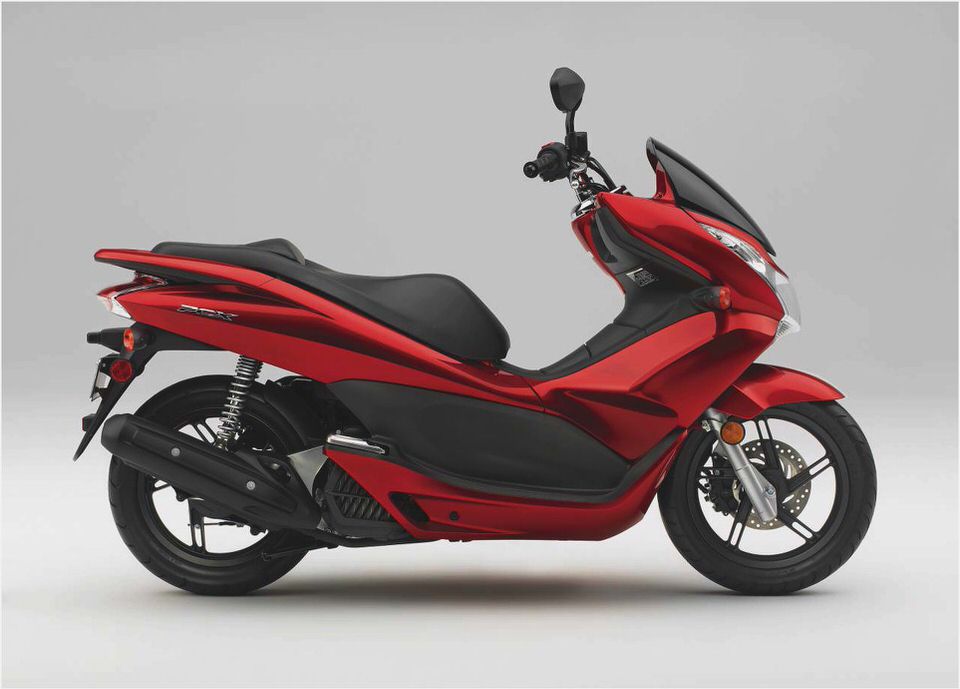
Convenience can be extended further by fitting the optional 26-litre top box for $299 and Honda has an accessories line for the PCX as long as your arm.
The PCX 125 is comfortable, dynamically proficient and exudes quality and flair far above that of other scooters at its modest price point of $3990.
Honda PCX 125
Engine: 125cc, liquid-cooled, SOHC, two-valve
Bore x stroke: 52.4mm x 57.9mm
Transmission: CVT
Seat height: 761mm
Wet weight: 124kg
Fuel capacity: 6.2 litres
Average consumption on test: 3.5 litres per 100km
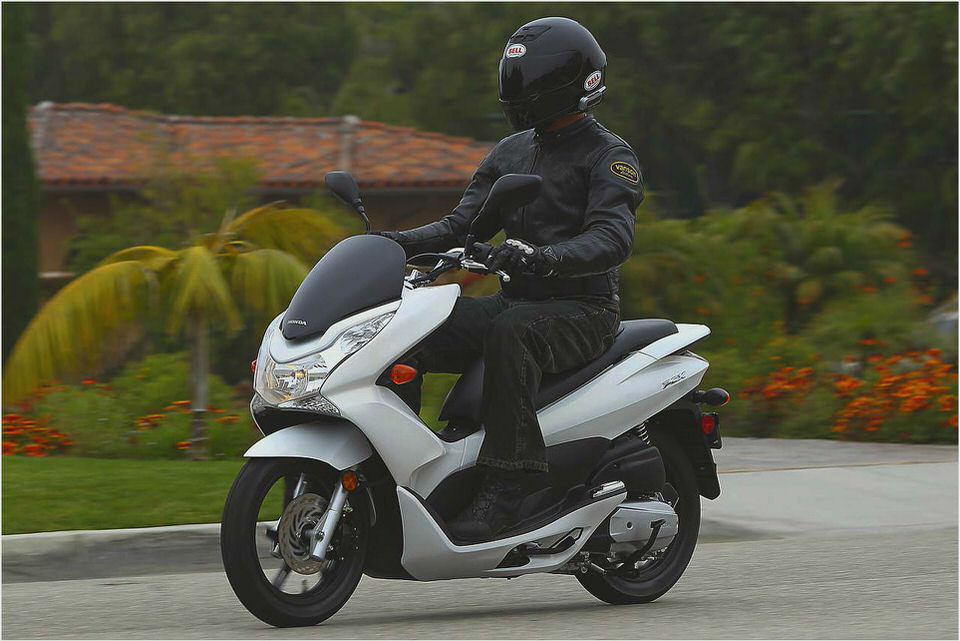
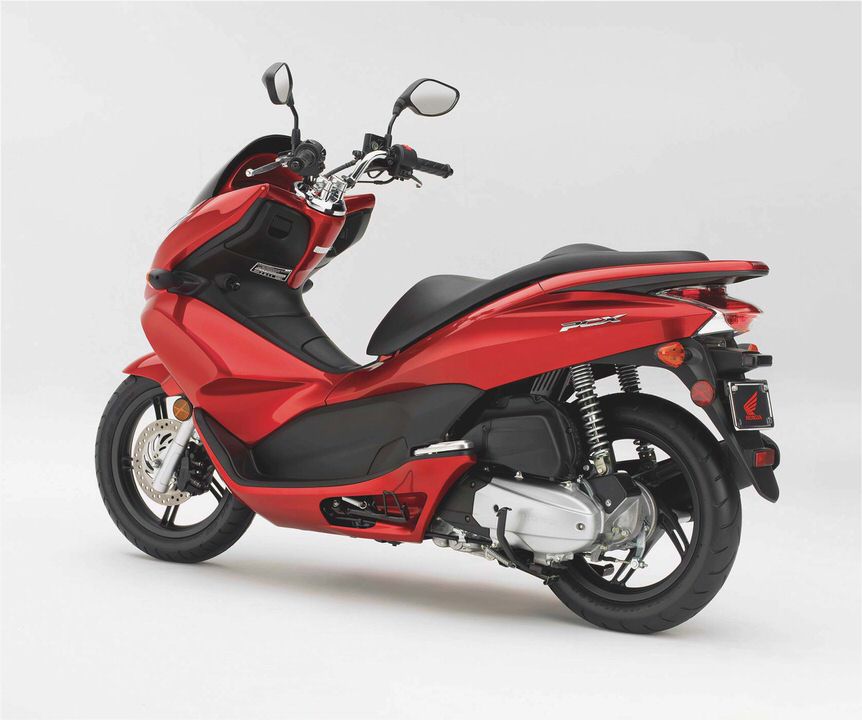
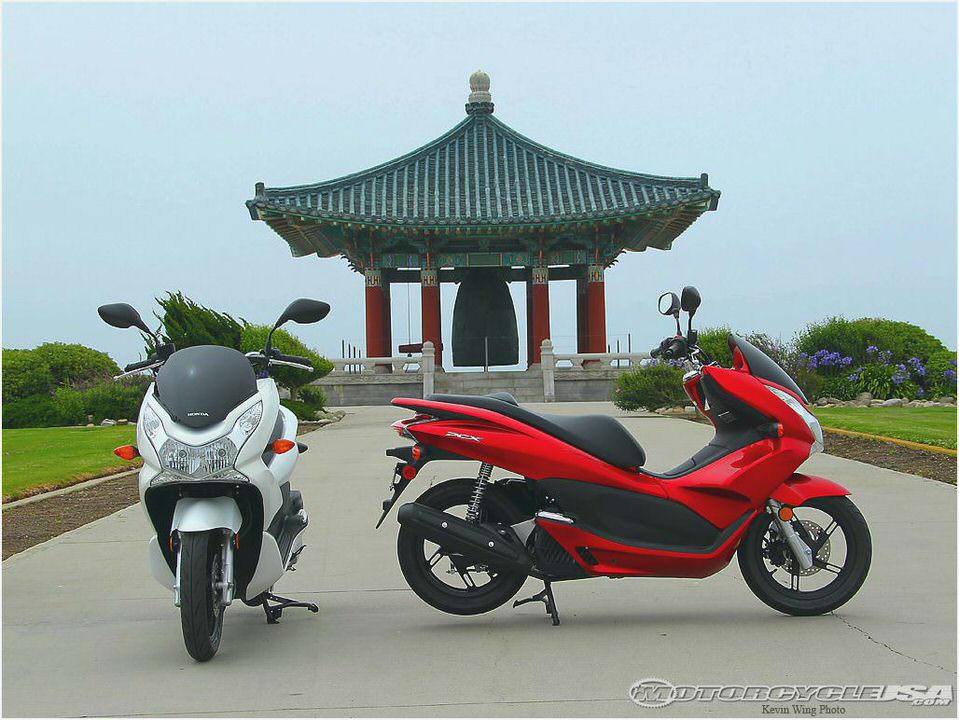
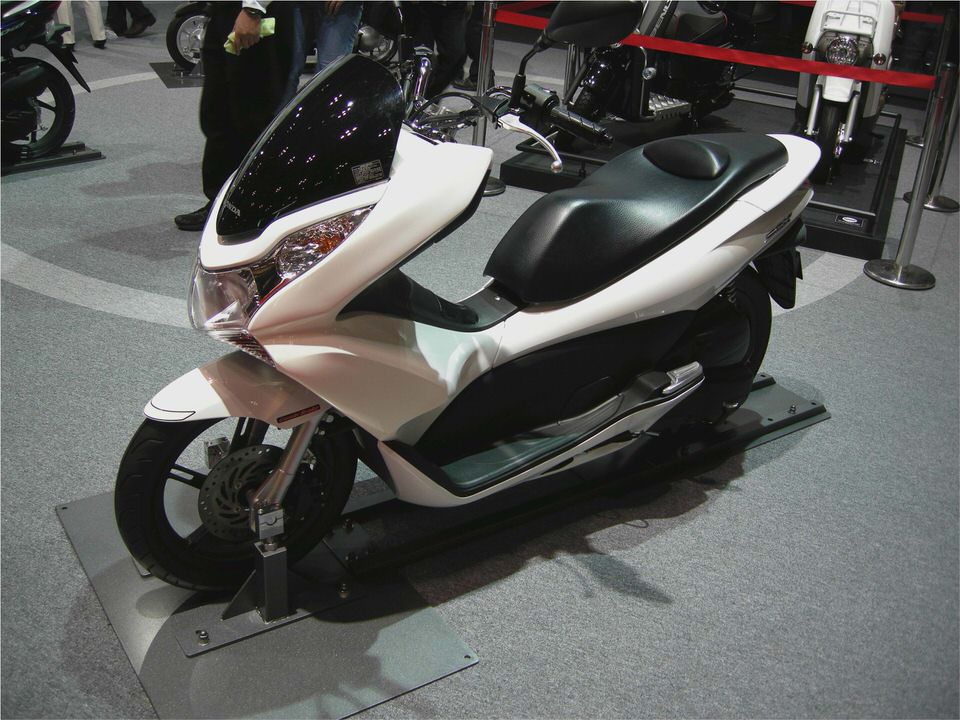
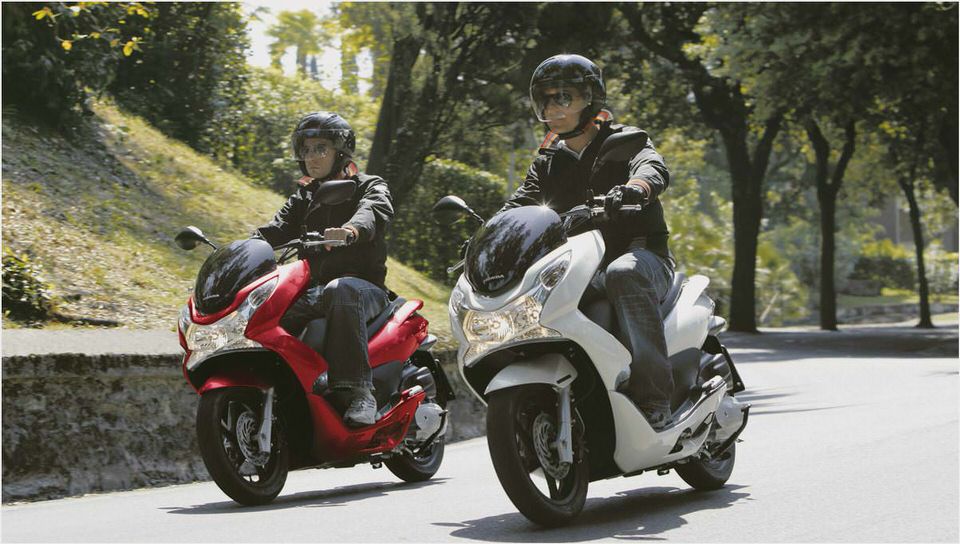
- Solstice: Cobra Redux? The Truth About Cars
- Honda CR-V Parts Used Car Parts
- 1975 Honda CB400F Classic Sport Bikes For Sale
- Honda Fit Hybrid And Other Future Plans Announced
- The Honda CT110

